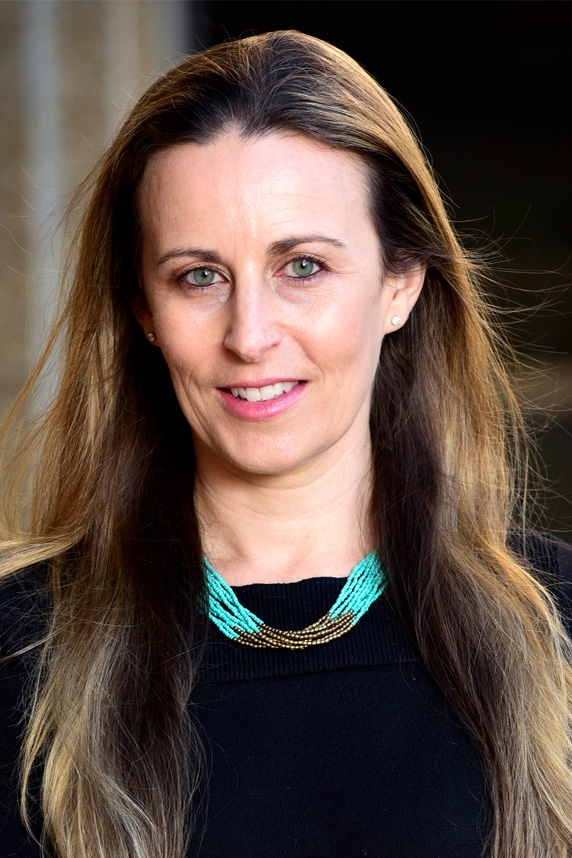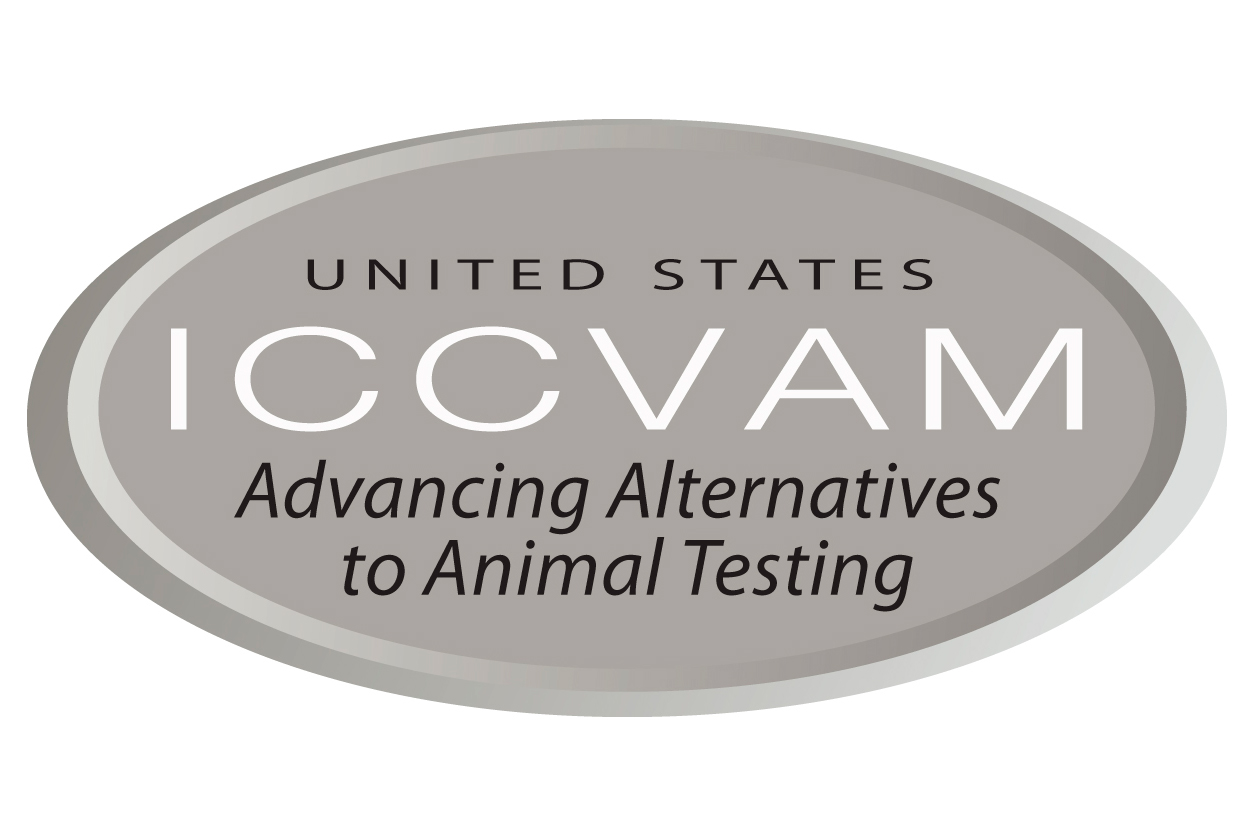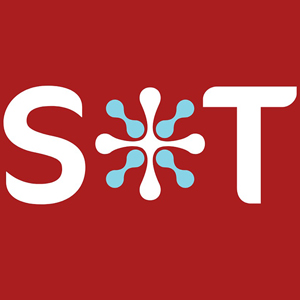At its meeting Sept. 28-29, the Scientific Advisory Committee on Alternative Toxicological Methods (SACATM) advised federal agencies on alternatives to animal use for ecotoxicity testing and approaches to establish confidence in new chemical safety testing methods. Ecotoxicity testing determines hazard or risk presented by substances that may enter the environment.
 Acting NICEATM Director Nicole Kleinstreuer, Ph.D., highlighted improvements to graphics in the Integrated Chemical Environment, which provides high-quality, curated data and appropriate tools to support development and evaluation of new, revised, and alternative methods. (Photo courtesy of NICEATM.)
Acting NICEATM Director Nicole Kleinstreuer, Ph.D., highlighted improvements to graphics in the Integrated Chemical Environment, which provides high-quality, curated data and appropriate tools to support development and evaluation of new, revised, and alternative methods. (Photo courtesy of NICEATM.)The committee urged member agencies of the Interagency Coordinating Committee on the Validation of Alternative Methods (ICCVAM) to support greater communication among regulators, regulated industry, and test method developers. ICCVAM members also were encouraged to engage groups focused on environmental justice and climate change.
SACATM includes experts from academia, industry, and animal welfare organizations. The committee meets annually to advise the NIEHS Director and the National Toxicology Program Interagency Center for the Evaluation of Alternative Toxicological Methods (NICEATM) on ICCVAM activities. ICCVAM is a federal government committee administered by NICEATM.
Sharing potential benefits of alternatives
According to SACATM members, increased dialogue could raise awareness about potential benefits of replacing animal tests with new approach methodologies (NAMs). Panelists said that such methodologies could provide more rapid and human-relevant techniques to assess chemical safety for diverse communities affected by toxicant exposures.
Amy Clippinger, Ph.D., president of PETA Science Consortium International e.V., (PETA-SCI) and SACATM member, urged caution when describing differences between animal data and NAMs data.
“We need to be really careful with our language and not say that a NAM is ‘incorrect’ in cases where it does not predict the animal study results,” she said.
Clippinger noted that the reasons for the disagreement should be further explored, adding that decisions should be made based on data from the more biologically relevant test.
 Formally established in 2000, ICCVAM includes representatives from 17 federal regulatory and research agencies. (Image courtesy of ICCVAM)
Formally established in 2000, ICCVAM includes representatives from 17 federal regulatory and research agencies. (Image courtesy of ICCVAM)Testing waivers, computational tools
Development of NAMs in ecotoxicity testing is important because current tests of potentially hazardous substances may use many animals and raise questions about how well tests on one species can predict effects on other species, according to some meeting participants.
William Eckel, Ph.D., a senior physical scientist at the U.S. Environmental Protection Agency (EPA), described how animal testing can be reduced through testing waivers. The agency has published guidance describing several contexts through which such waivers can be granted. These were supported by retrospective studies conducted with NICEATM and PETA-SCI.
 NICEATM conducts data analyses, workshops, independent validation studies, and other activities to assess new, revised, and alternative test methods and strategies. (Photo courtesy of Love Silhouette / Shutterstock.com)
NICEATM conducts data analyses, workshops, independent validation studies, and other activities to assess new, revised, and alternative test methods and strategies. (Photo courtesy of Love Silhouette / Shutterstock.com)Commenting on behalf of the Humane Society of the United States, Vicki Katrinak, the group’s director of animal research and testing, praised the EPA effort.
“All ICCVAM member agencies should regularly conduct retrospective analyses to determine whether animal data are really needed,” she said.
Committee members noted how computational tools are being used to predict ecotoxicity and said that these applications should be more widely communicated to reduce animal testing.
Clippinger commented on the Collaborative Acute Toxicity Modeling Suite (CATMoS) tool for predicting acute oral toxicity (see sidebar).
“I would recommend that agencies start accepting the use of the models in the immediate term for certain chemical categories, where there is confidence,” she said.
Establishing confidence in new methods
 Casey’s team helps run the Tox21(https://ntp.niehs.nih.gov/whatwestudy/tox21/) program, which uses nonanimal methods to rapidly test chemicals for human health effects. (Photo courtesy of Steve McCaw / NIEHS)
Casey’s team helps run the Tox21(https://ntp.niehs.nih.gov/whatwestudy/tox21/) program, which uses nonanimal methods to rapidly test chemicals for human health effects. (Photo courtesy of Steve McCaw / NIEHS)The process of validation establishes the reliability and relevance of a test method for a specific application. The 1997 document describing ICCVAM procedures for validation of new methods is currently under revision.
SACATM welcomed that effort and offered suggestions for consideration in the revision, including urging agencies to identify commonalities in their requirements for toxicity data and ensuring that NAMs reflect human biology.
Discussing planned ICCVAM activities for the coming year, Warren Casey, Ph.D., acting chief of the Predictive Toxicology Branch in the NIEHS Division of the National Toxicology Program, described a new ICCVAM workgroup that will focus on encouraging consideration of NAMs in contexts where animal methods are still used.
“There is limited incentive for somebody proposing an animal-based method to find a non-animal-based method,” Casey noted. “Until we find a way to incentivize people to actually try to find alternative methods, it is not going to happen.”
The workgroup is planning to solicit public input and develop recommendations to address this issue.
Slides, meeting minutes, and other materials from the SACATM meeting are available on the NTP website.
(Catherine Sprankle is a communications specialist for ILS, the contractor supporting NICEATM.)









